Lidocaine and Benzocaine Infused Tattoo Ink: Safety, Usage, and Risks
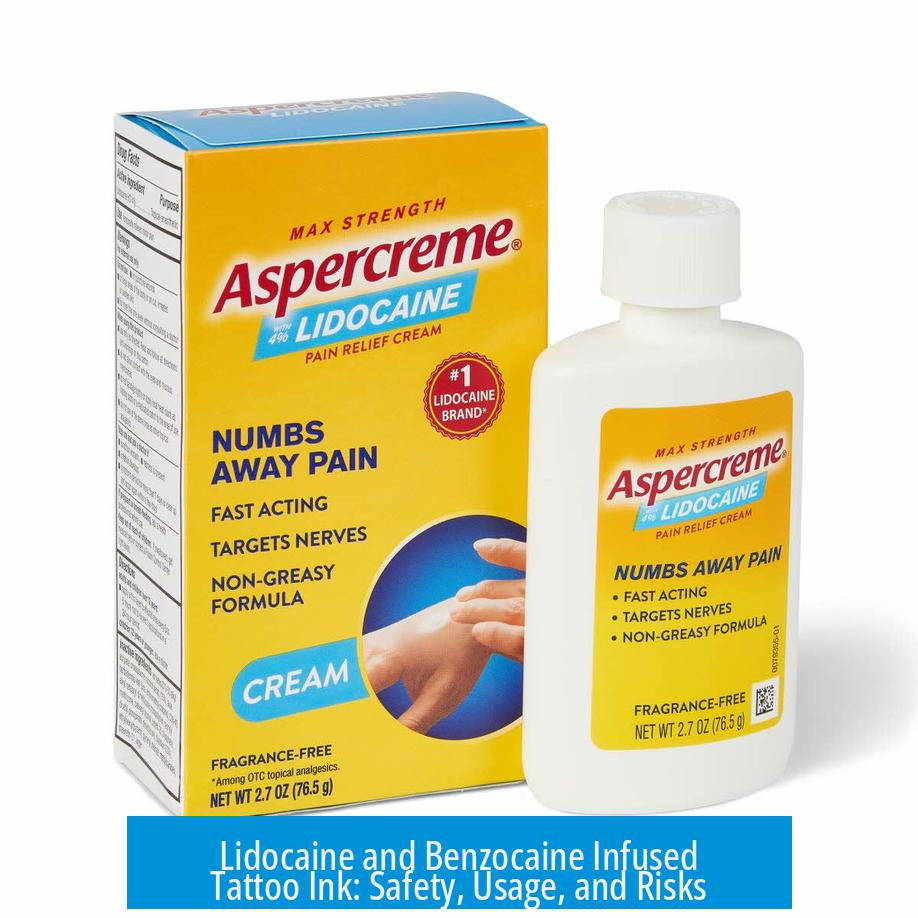
Lidocaine and benzocaine infused tattoo ink combines local anesthetics with tattoo pigments, aiming to reduce pain during tattooing, but this practice raises significant safety, legal, and effectiveness concerns that outweigh its potential benefits.
Medical Use and Availability of Lidocaine
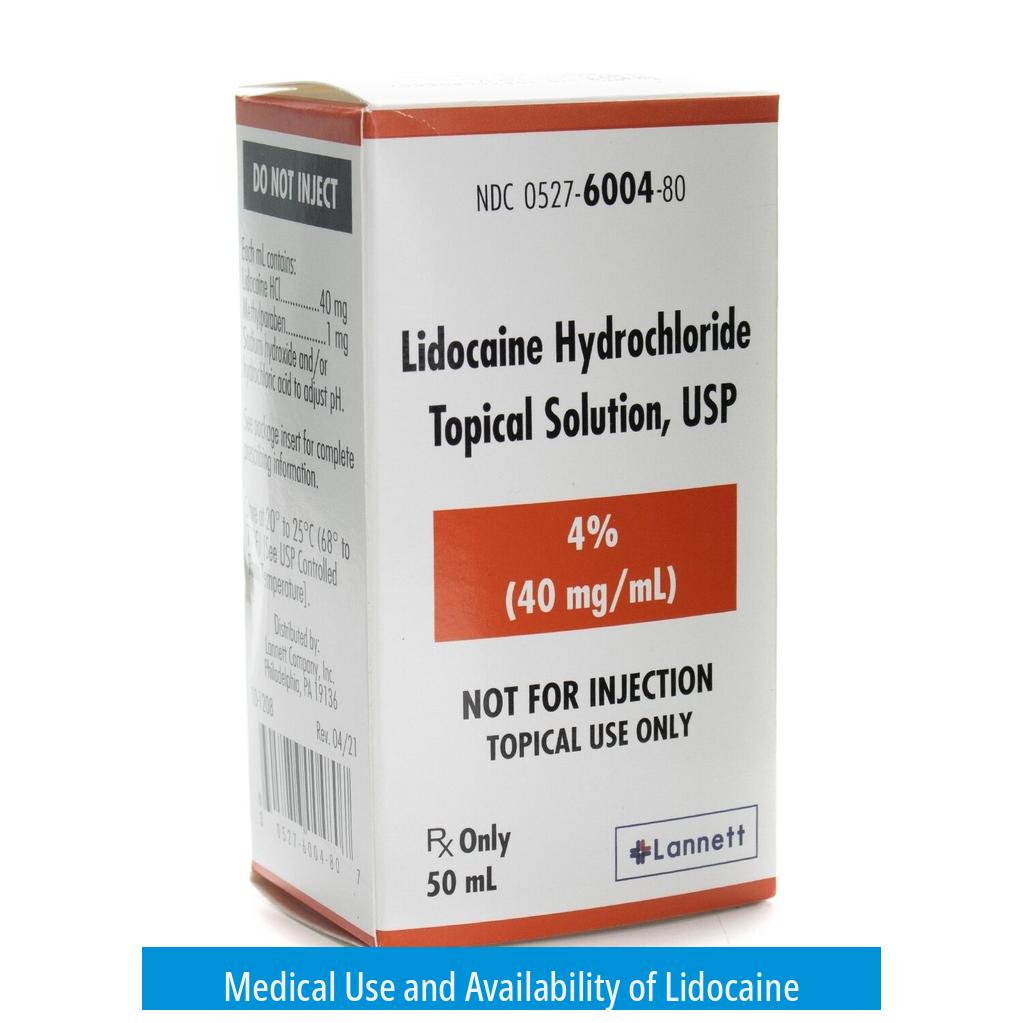
Lidocaine primarily serves as a local anesthetic in hospital settings. It is often in short supply; some hospitals even run out. The injectable lidocaine solutions used medically range from 1% to 2%. It cannot be easily purchased by the general public. Over-the-counter products like Aspercreme contain similar agents but are limited to topical use without injection. Professionals typically rely on prescription injectable lidocaine for medical applications.
For tattoo ink infusion, some consider substituting prescription injectable lidocaine solution for water in tattoo recipes. However, this requires adjustments to the ink’s consistency and carries risks. Purchasing local anesthetic powders for formulation is uncommon and generally unsafe without medical guidance.
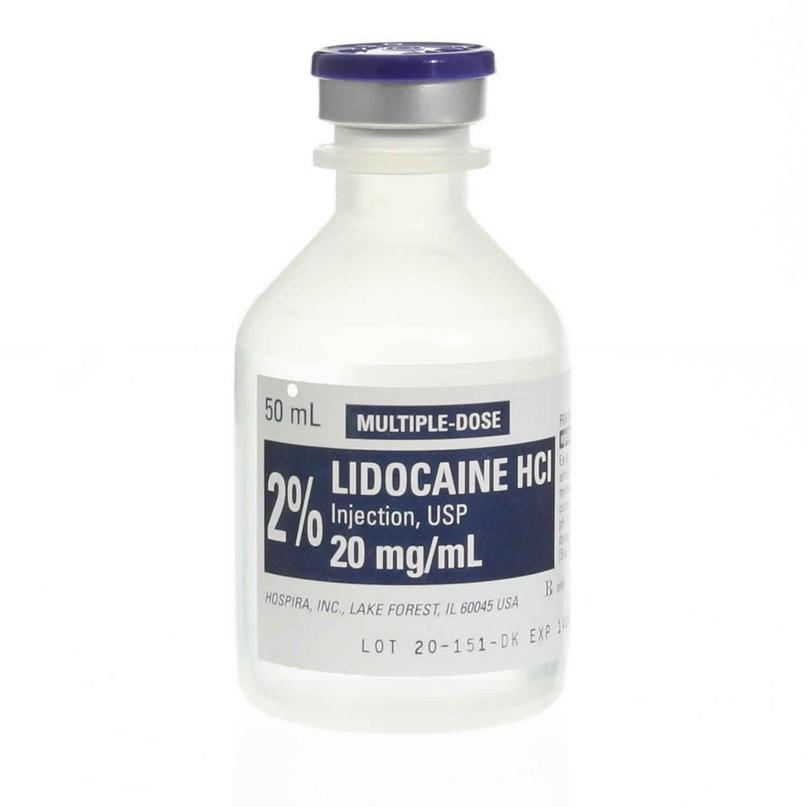
Safety Concerns and Risks
Methemoglobinemia and Systemic Toxicity
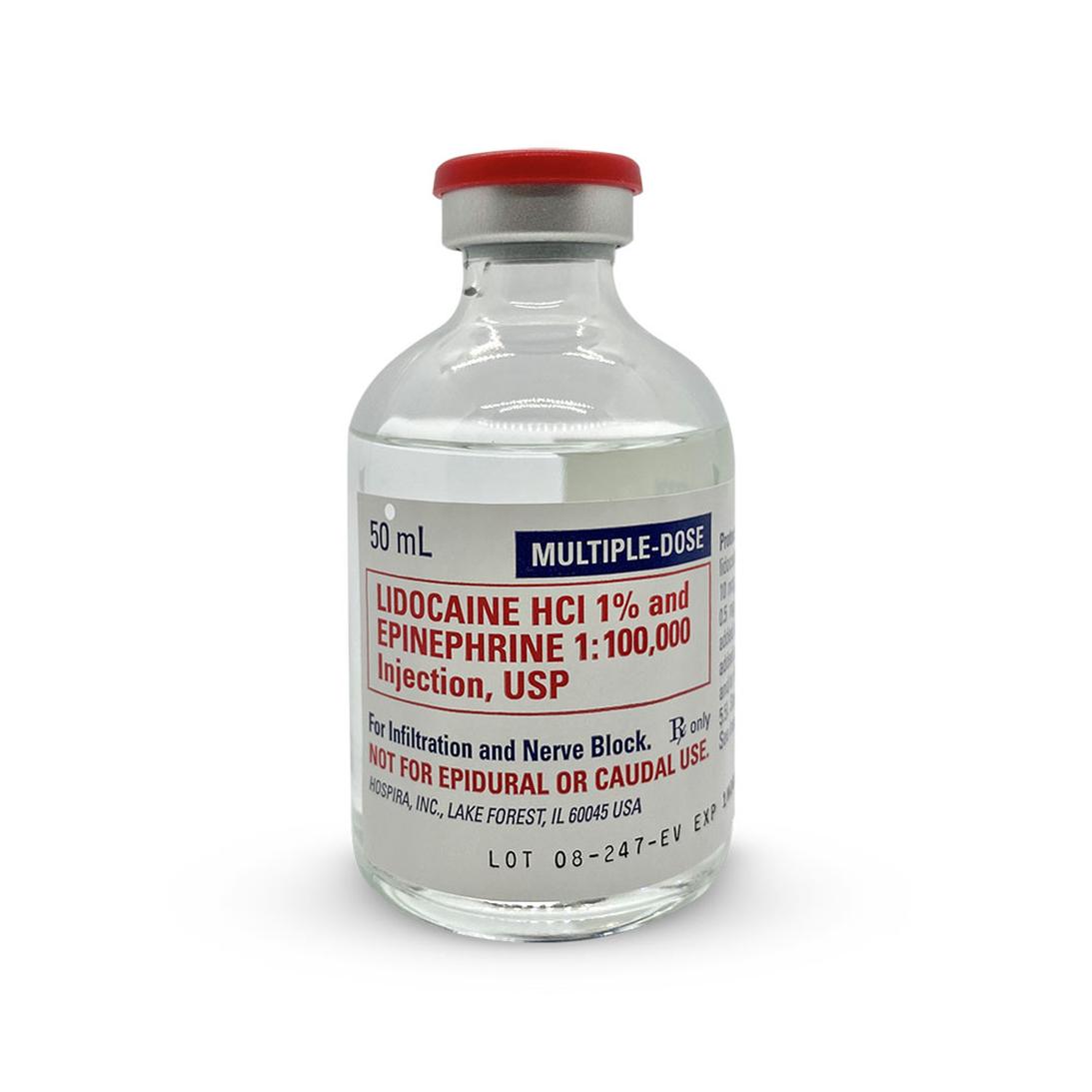
Local anesthetics cause methemoglobinemia, a condition where the blood’s iron oxidizes, impairing oxygen delivery to tissues. This can lead to serious hypoxia. Both lidocaine and benzocaine carry these risks.
Moreover, lidocaine affects cardiac ion channels and is used as an anti-arrhythmic agent. Misuse or overdose can lead to life-threatening cardiac arrhythmias or central nervous system toxicity. Local Anesthetic Systemic Toxicity (LAST) is difficult to treat and has a high fatality rate.
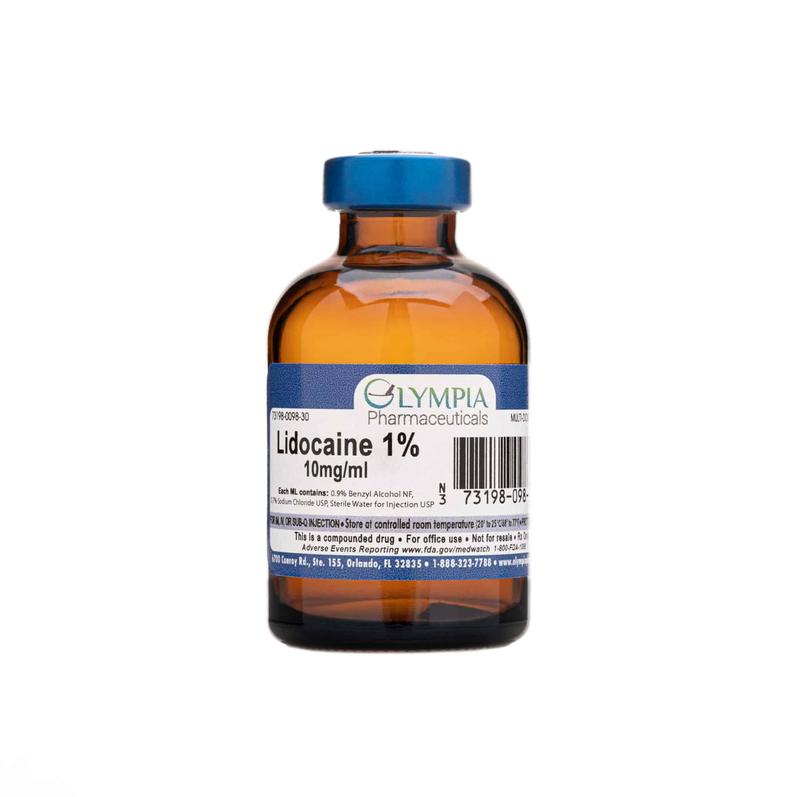
Anesthetics typically require vasoconstrictors to limit systemic absorption. These agents have their own risks and require precise dosing. Unsupervised use increases the possibility of severe complications.
Dosage and Administration Challenges
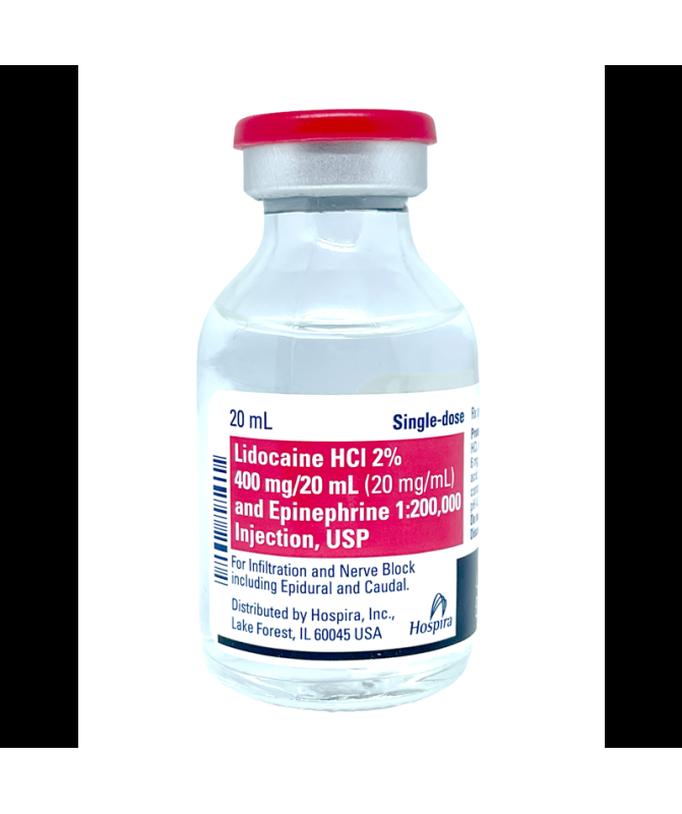
Dosing local anesthetics depends on multiple patient-specific factors: body weight, other medical conditions, recent drug use, and more. Calculating safe doses demands medical expertise.
Tattoo artists usually lack training in pharmacology and patient monitoring, which is critical. Mixing anesthetics into inks without proper dosing or oversight invites overdose or poisoning. Online advice cannot replace professional guidance or safety protocols.
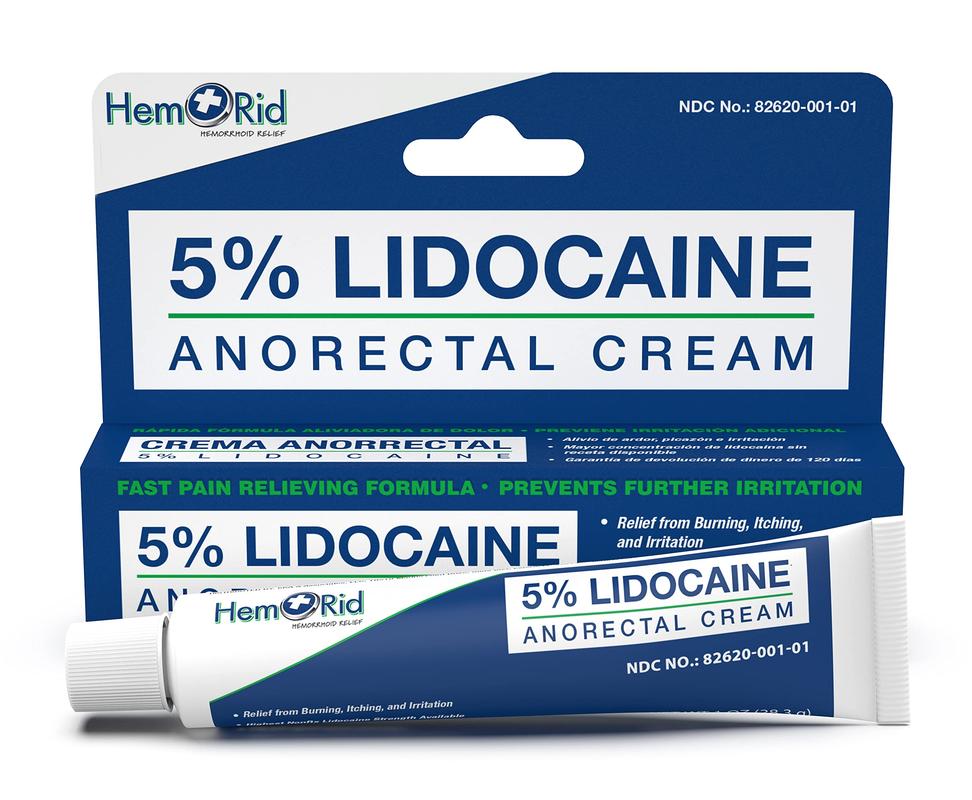
Timing and Efficacy Issues
Lidocaine and benzocaine require proper timing: they must be applied before painful stimuli to block nerve signals effectively. Infusing them directly into tattoo ink means the anesthetic acts simultaneously with tattooing, limiting pain relief.
Topical anesthetics generally need about 30 minutes to take effect and work best on small skin areas due to systemic absorption risks. Injected lidocaine solutions are formulated to trigger after injection, but acidic tissue environments, as found in tattooed skin, reduce their efficacy.
Additionally, lidocaine formulations are often acidic to extend shelf life. Acidic trauma sites make the drug less ionized, reducing its pain-blocking effect. The anesthetic’s duration is short, so pain relief fades quickly and won’t help during later healing phases.
Alternative agents like ropivacaine or bupivacaine last longer but require medical prescriptions and carry similar dose-dependent risks. Their effectiveness decreases in acidic tissues, which complicates use in tattooed skin.
Sterility and Chemical Interactions
Maintaining sterility when mixing anesthetics into tattoo ink is challenging. Contamination risk increases, threatening infection and healing outcomes.
Excipients in anesthetic solutions may interfere with ink stability or pigmentation, potentially causing ink to precipitate or alter healing. Adjusting the pH by injecting bicarbonate may improve anesthetic function but risks damaging tattoo quality and skin integrity.
Legal and Professional Considerations
Using lidocaine or benzocaine in tattoo ink strays into medical territory. In many countries, including Australia, administering or mixing injectable anesthetics without proper medical licensure is illegal. Practitioners could face legal action, including criminal charges.
Body modification professionals increasingly require certifications and insurance to operate safely, especially when blending medical treatments with their work. Tattoo artists working without medical supervision expose clients to unregulated risks and lack legal protections.
Impact on Tattoo Quality
Infusing anesthetics into tattoo ink may affect the final aesthetic. The solubility and pH changes can cause ink to spread (“blow out”), reducing definition and sharpness. This compromises tattoo quality and longevity.
Tattoo healing could also be impaired by chemicals not intended for dermal pigment injection, increasing risks of scarring or pigment loss.
Recommendations and Alternative Approaches
- Avoid infusing local anesthetics into tattoo ink due to safety, legal, and efficacy problems.
- Use topical anesthetics properly by applying to small skin areas 30 minutes before tattooing to minimize systemic absorption.
- Consult medical professionals when considering pain management options involving prescription drugs.
- Consider engaging contract medical consultants for guidance if anesthetic use is necessary.
- Explore specialty compounding pharmacies for professionally prepared anesthetic solutions if legally permitted. Expect high costs (e.g., around $1250 for 100 mL).
- Communicate openly with healthcare providers about pain management needs to receive appropriate prescriptions.
Summary: Key Takeaways
- Lidocaine and benzocaine infused tattoo ink presents significant risks including toxicity, allergic reactions, and methemoglobinemia.
- Proper dosing and administration require medical expertise not common among tattoo artists.
- Timing and skin pH limit local anesthetics’ effectiveness when mixed directly into tattoo ink.
- Maintaining sterility and avoiding chemical interactions in mixed inks is challenging.
- Legal consequences exist for unlicensed use of injectable anesthetics in tattooing.
- The quality and longevity of tattoos may suffer from introducing anesthetics into inks.
- Safe pain management alternatives include topical anesthetics applied appropriately and consulting medical professionals.
Lidocaine and Benzocaine Infused Tattoo Ink: What You Need to Know Before You Ink
So, does mixing lidocaine and benzocaine into tattoo ink numb the pain and make tattooing a breeze? Not quite. It sounds like a dream come true for those who dread the sting of the needle. But the reality is a sticky, complex mess with serious risks that you really need to understand before you go down this path.
Let’s unpack the real story behind using these local anesthetics in tattoo ink, from medical facts and safety canniness to legal pitfalls and tattoo quality effects.
What Exactly Are Lidocaine and Benzocaine?
Lidocaine and benzocaine belong to the family of local anesthetics. Medical pros often rely on lidocaine, especially in hospitals, to numb areas before procedures. It’s serious stuff—typically available as a 1-2% injectable solution. You can’t just stroll into a pharmacy and grab some. (Keep that in mind.)
Even simple over-the-counter options like Aspercreme exist but are carefully regulated. Lidocaine’s availability is mostly limited to doctors and healthcare workers. Not to mention, hospitals often struggle with supply—one hospital actually ran out this year.
Lidocaine in Your Tattoo Ink? Here’s Why It’s a Bad Idea
First, imagine trying to mix prescription injectable lidocaine—meant for needles—with tattoo ink. The consistency differs wildly. If you substitute lidocaine solution for water in tattoo recipes, you could end up with a lumpy, weird ink. The chemistry doesn’t just magically blend.
Then there’s sterility. Tattoo ink must be sterile to avoid infections. Introducing lidocaine, which isn’t designed to be combined with pigments and other ink ingredients, opens a can of chaos that risks your health and your art.
Safety Concerns: Why This Could Be Dangerous
Local anesthetics pose serious risks. They can cause methemoglobinemia, a scary condition where your blood can’t carry oxygen properly because iron changes form. This is no minor inconvenience—oxygen deprivation affects the whole body.
Plus, lidocaine affects heart ion channels and acts as an anti-arrhythmic drug. In the wrong dose, it can cause life-threatening toxicity, known as LAST (Local Anesthetic Systemic Toxicity). That’s a mouthful—and a medical emergency.
- Vasoconstrictors are usually added to limit absorption of the anesthetic and its side effects, but dosing these is tricky. Too much or too little may cause harmful effects.
- Correct dosing depends on your weight, health problems, drug history—you name it. This isn’t guesswork; it’s careful calculation, monitoring, and medical knowledge.
- Most people who tattoo aren’t trained to calculate or administer these doses safely.
Timing Is Everything—And Your Ink’s Not on Board
Effective local anesthesia requires applying the drug before the painful stimulus. For tattoos, that means before the needle hits skin. Mixing lidocaine directly into the ink means the anesthetic works simultaneously with the pain, which defeats the purpose.
Topical anesthetics usually need 30 minutes to set in, applied in small areas to prevent too much absorption. Even then, lidocaine comes in an acidic form to stay fresh. But once skin is traumatised during tattooing, it becomes more acidic, which actually reduces lidocaine’s effectiveness. This explains why topical numbing creams sometimes don’t last long enough.
If the numbing wears off, the tattoo won’t feel better during healing — lidocaine doesn’t treat post-tattoo pain effectively because this pain arises differently, from inflammation and skin trauma.
The Tattoo Quality Question: Could Lidocaine Ruin Your Ink?
Yes. Tattoo artists worry lidocaine in ink can “blow out” the design. “Blowing out” means ink spreads beyond lines, making the tattoo look blurry and messy. Adding liquid anesthetics changes the ink’s diffusion and consistency, both critical to clean, precise work.
Also, chemical interactions with lidocaine can alter pigment stability, risking poor healing and color fading.
Legal and Professional Hurdles
Injecting or even mixing prescription drugs into tattoo ink is illegal in many areas. In Australia, some body modification artists ended up in jail for venturing into unauthorized pseudo-medical practices. Many places do not allow anyone other than licensed medical professionals to inject medications without prescriptions.
If something goes wrong, you won’t get legal protection. Insurance providers increasingly demand proper certification for artists doing complex procedures; introducing anesthetics without training could collapse your coverage and reputation.
So What’s the Alternative? How Do You Ease Tattoo Pain Safely?
First and foremost: don’t attempt homebrew numbing solutions. Leave the medical part to professionals who know the risks and how to mitigate them.
If you want to reduce discomfort, topical anesthetic creams approved for skin use are available. But even these must be used carefully, on small sections, with timing in mind—about half an hour before starting work.
Another option: speak openly with your tattoo artist about pacing. Taking breaks allows pain to reset. Some artists actually suggest distraction techniques or breathing methods to manage pain. And that works surprisingly well.
If pain management is a deal-breaker, consider professional medical numbing services in licensed clinics where anesthetics are given under proper supervision.
Final Thoughts: When “More Numbing” is Not Better
While the idea of lidocaine- or benzocaine-infused tattoo ink is tempting, the current science and expert advice make it clear this is a risky avenue—and poorly effective at best. Sterility problems, dosing difficulties, legal issues, and damage to tattoos themselves are just the tip of the iceberg.
Ticking all safety boxes means consulting doctors and possibly compounding pharmacies for custom solutions under medical supervision—not home tattoo experiments.
For anyone dealing with pain anxiety, honest conversations with both your healthcare provider and your artist are your best path forward. And if you’re curious about products like liposomal lidocaine or longer-lasting anesthetics like bupivacaine, remember those too require prescriptions and expert application.
In short: keep ink and lidocaine separate. Your health, your art, and your peace of mind depend on it.
Can lidocaine and benzocaine in tattoo ink effectively numb the skin during tattooing?
No, local anesthetics need time and are applied before the pain stimulus. Mixing them into ink and injecting during tattooing won’t numb pain effectively.
What are the risks of using lidocaine or benzocaine in tattoo ink?
They can cause serious issues like methemoglobinemia and systemic toxicity. Incorrect dosing or mixing may lead to life-threatening complications.
Is it legal to use lidocaine or benzocaine-infused tattoo ink?
Most places prohibit injecting these anesthetics without medical supervision or prescription. It can lead to legal trouble and no legal protection if harm occurs.
Could adding anesthetics to tattoo ink affect the tattoo’s appearance?
Yes, it may cause the ink to spread or “blow out,” resulting in poor tattoo quality and uneven lines.
Are there safer alternatives for managing tattoo pain?
Using topical anesthetics on small areas before tattooing is safer. Consulting medical professionals and using approved methods is recommended over mixing anesthetics into inks.


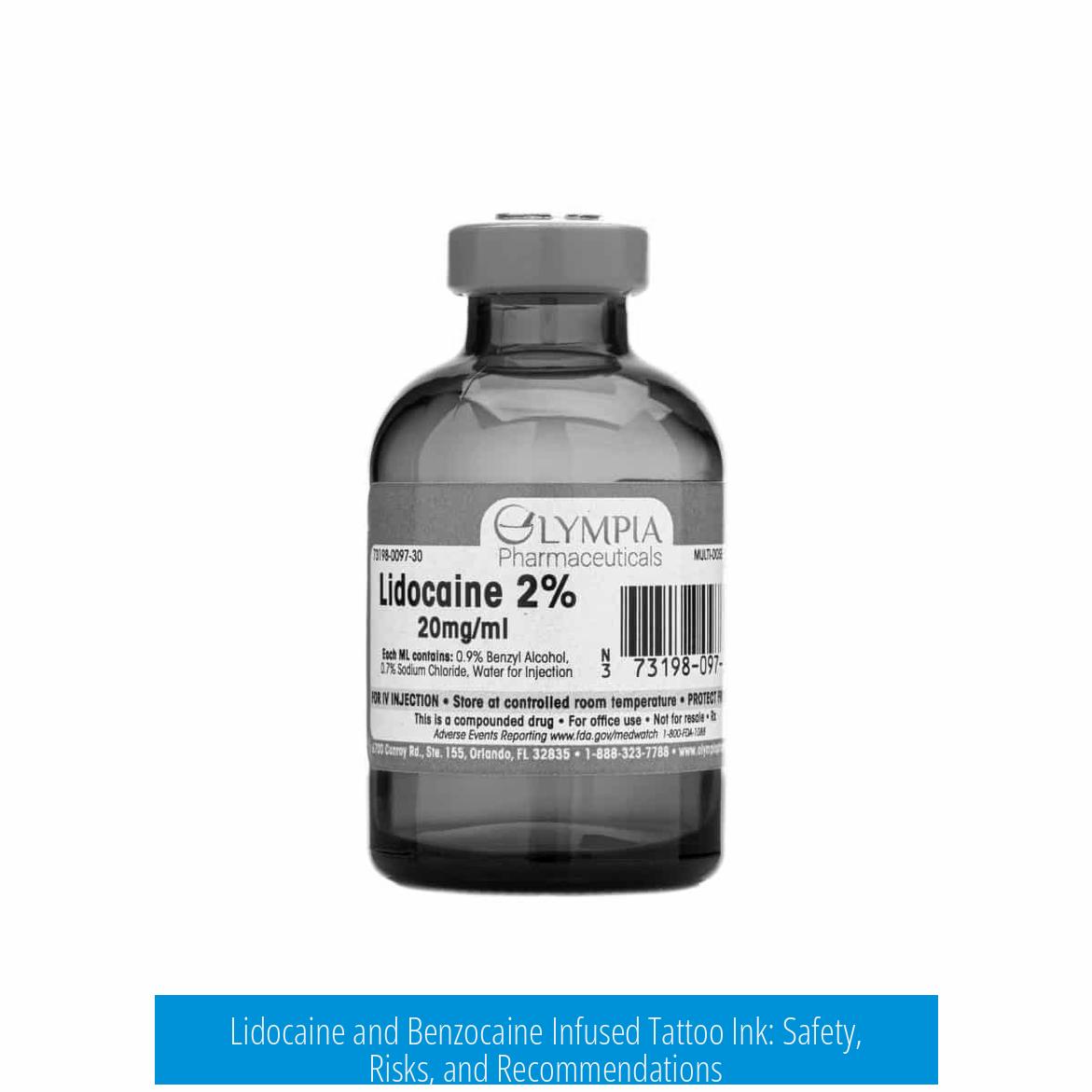
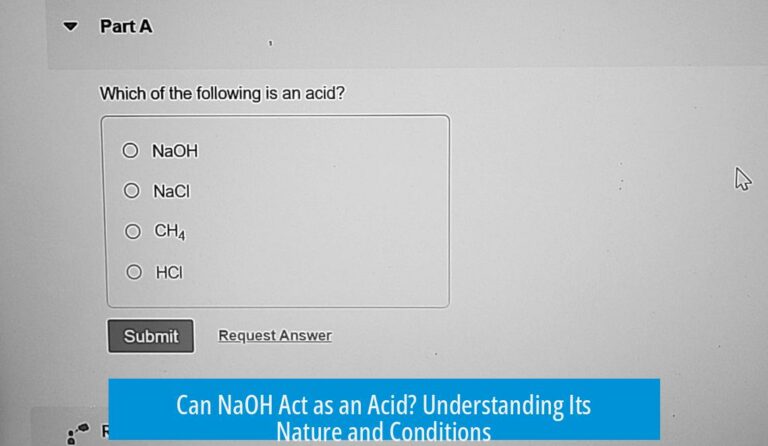

Leave a Comment